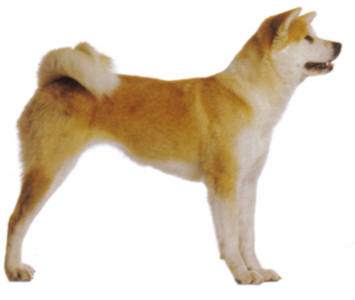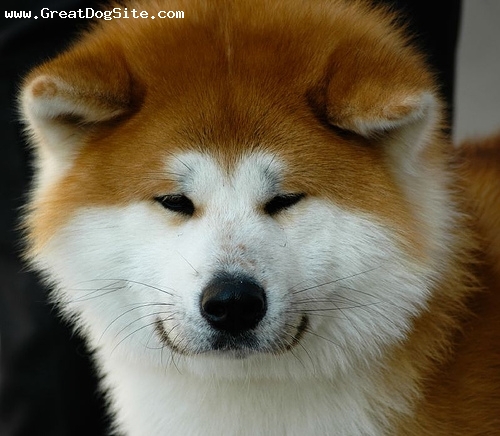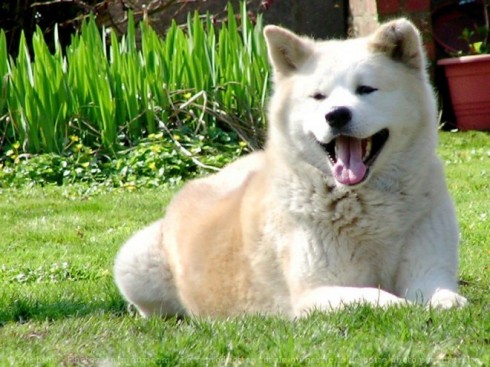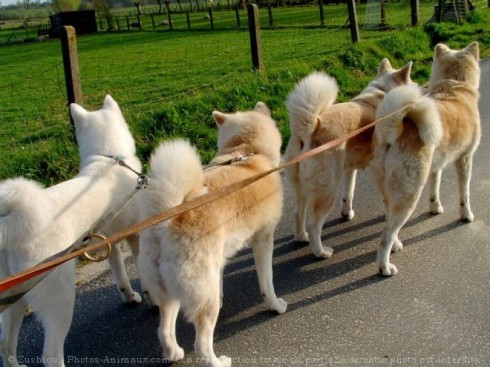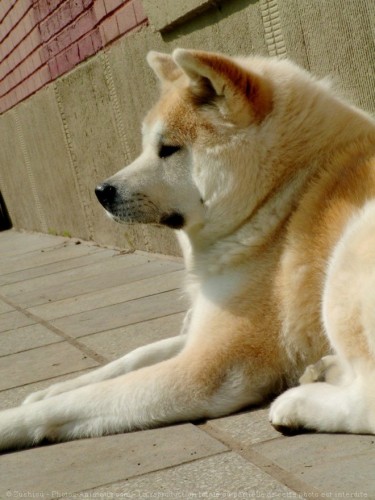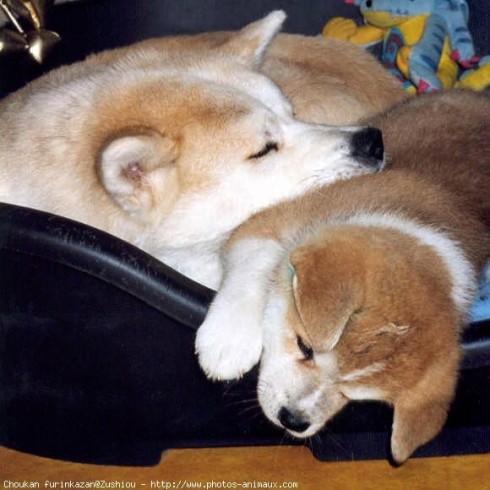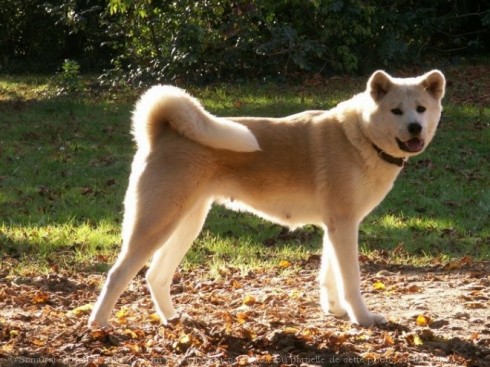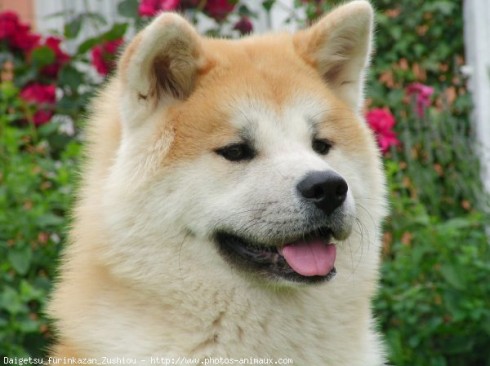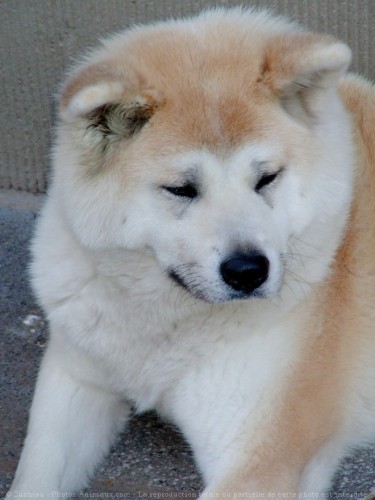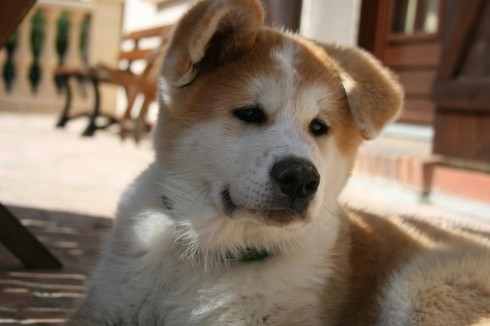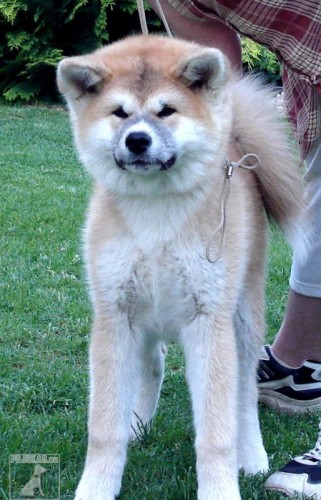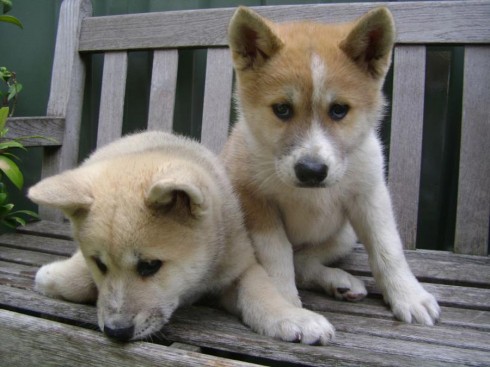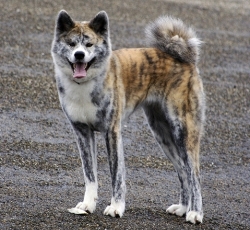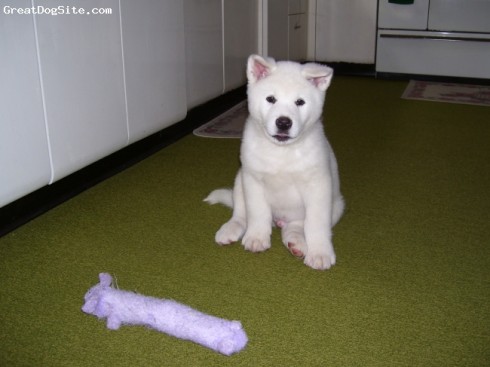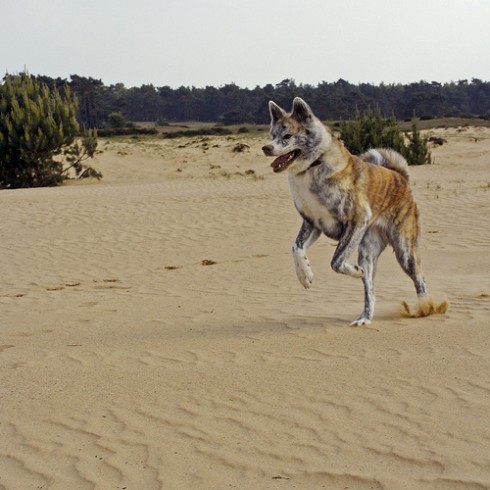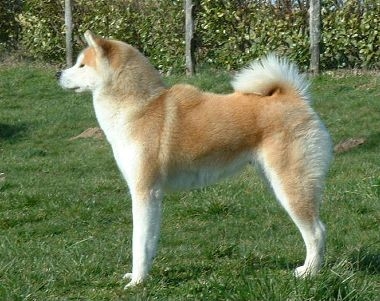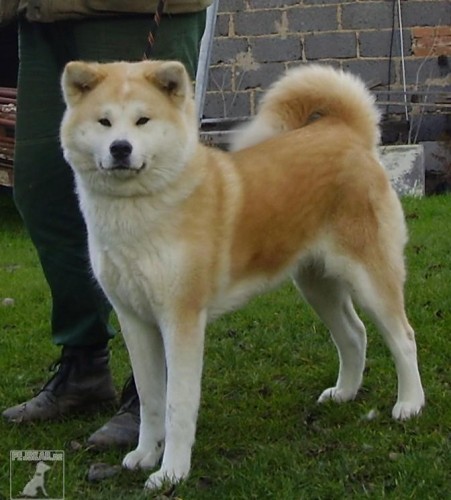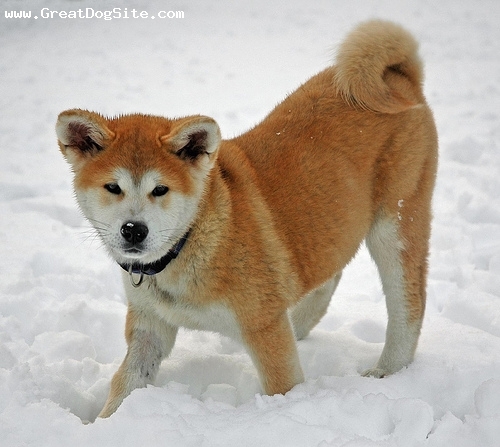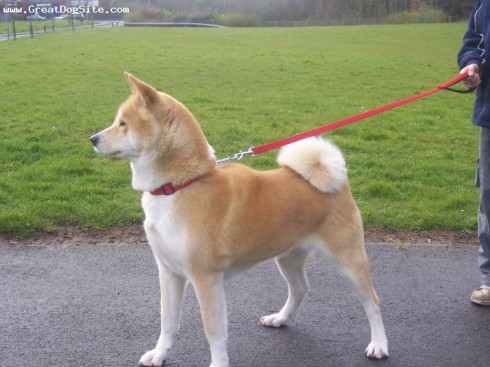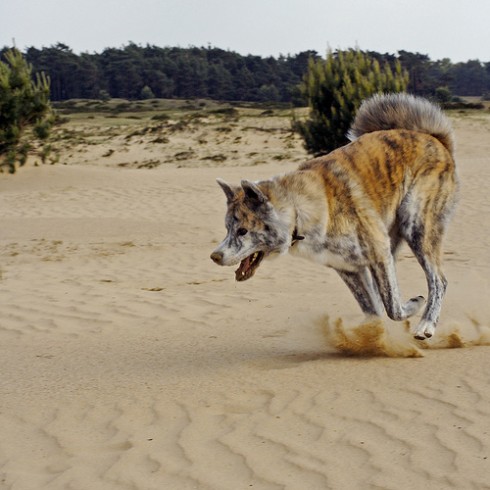Main Index
In Store
Our Web Store
Miniature Schnauzer Picture Gallery
Latest Dog Blogs
- What Are The Basic Commands To Train A Dog?
- PaySafe As The Most Popular Type Of Deposit
- Everything You Need To Know About Pet Sales
- Dogs Contribute To Our Physical And Mental Well Being
- How To Choose Where To Bet On Greyhounds In 2022
- Volunteer With Animals - How To Help Dogs Around The World
- Basic Understanding Of The House Edge
- Why You Should Get A Dog
- Top 20 Popular Dog Names Around The World
- Constipation in Dogs and How to Find Solutions
Akita Inu
The Full Akita Inu Description
The Akita is a large and powerful dog breed with heavy bone, a muscular body and a strong, short muzzle. He has a powerful, brisk gait. Faithful and affectionate, the Akita loves human companionship.
The Akita is a friendly and affectionate dog breed. Early socialisation is a must to be assured that the Akita will not become aggressive.
Indicative Breed Standard
General Appearance
Large, powerful, alert, with much substance and heavy bone.
Characteristic
Large, broad head, with relatively small eyes and erect ears carried forward in line with back of neck; large, curled tail, in balance with head.
Temperament
Dignified, courageous, aloof; tends to show dominance over other dogs.
Head and Skull
Large, in balance with body, skull flat, forehead broad, defined stop and clear furrow. Head forms blunt triangle when viewed from above, free from wrinkle. Muzzle broad and strong, cheeks well developed. Nose large and black, bridge straight. Lips tight and black. In white dogs flesh colour pigmentation is permissible on nose and lips. Length from nose to stop is to length from stop to occiput as 2 is to 3.
Eyes
Relatively small, almond-shaped, clean, moderately set apart and dark brown. Eye rims dark and tight.
Ears
Relatively small, thick, triangular, not low set, carried forward over eyes in line with back of neck, firmly erect. Moderately set apart; slightly rounded at tips.
Mouth
Jaws strong, with a perfect, regular and complete scissor bite, i.e. upper teeth closely overlapping lower teeth and set square to the jaws.
Neck
Thick and muscular, comparatively short, widening gradually toward shoulders. Pronounced crest blends with back of skull.
Forequarters
Shoulders strong and powerful, moderately laid back. Elbows very tight. Forelegs well boned and straight when viewed from front. Pasterns inclining at approximately 15 degrees.
Body
Longer than high, as 10 is to 9 in males, 11 to 9 in bitches. Chest wide and deep, depth of brisket is one-half height of dog at shoulder. Well developed forechest. Level back, firmly muscled loin, moderate tuck up. Skin pliant but not loose.
Hindquarters
Strong and muscular, well developed thighs, moderate turn of stifle. Strong hocks, with only moderate
angulation, well let down, turning neither in nor out.
Feet
Thick, well-knuckled, very tight, turning neither in nor out. Pads hard. Nails hard. Dewclaws on hind legs customarily removed.
Tail
Large and full, set high, carried over back, full or double curl, always dipping to or below level of back.
On a three-quarter curl tail, tip dips down flank. Root large and strong. Hair coarse, straight and full with no appearance of a plume. Sickle or uncurled tail highly undesirable.
Gait/Movement
Resilient and vigorous with strides of moderate length. Back remains firm and level. Hindlegs move in
line with front legs, whilst gaiting will single track.
Coat
Outer coat coarse, straight, and standing off body. Undercoat soft and dense. Coat at withers and rump is approximately 5 cms (2 ins), slightly longer than on rest of body more profuse on tail. No indication of ruff or feathering.
Colour
Any colour including white brindle or pinto. Colours are brilliant and clear. Markings are well defined with or without mask or blaze.
Size
Height at withers: dogs: 66-71 cms (26-28 ins); bitches: 61-66 cms (24-26 ins).
About Our Article Directory
- Article
- 27 November 2010
- 2 comments
Canis lupus familiaris
- Breed Article
- 29 May 2010
- No comments
Quick Search
Donate
Latest Dog Pods
- Tips on How to Stop Your Dog from Biting
- Beware - Not All Advertised Dog Rescues Really Are! How Can You Know The Truth?
- Helpful Tips For Dog Obedience Problems
- How to Keep Dogs From Eating Poop
- Dog Grooming Tips - A General Overview of the Very Basics of Dog Grooming
- Recognising Different Types of Dog Obedience Problems
- 5 Important Tips On Feeding A Puppy


